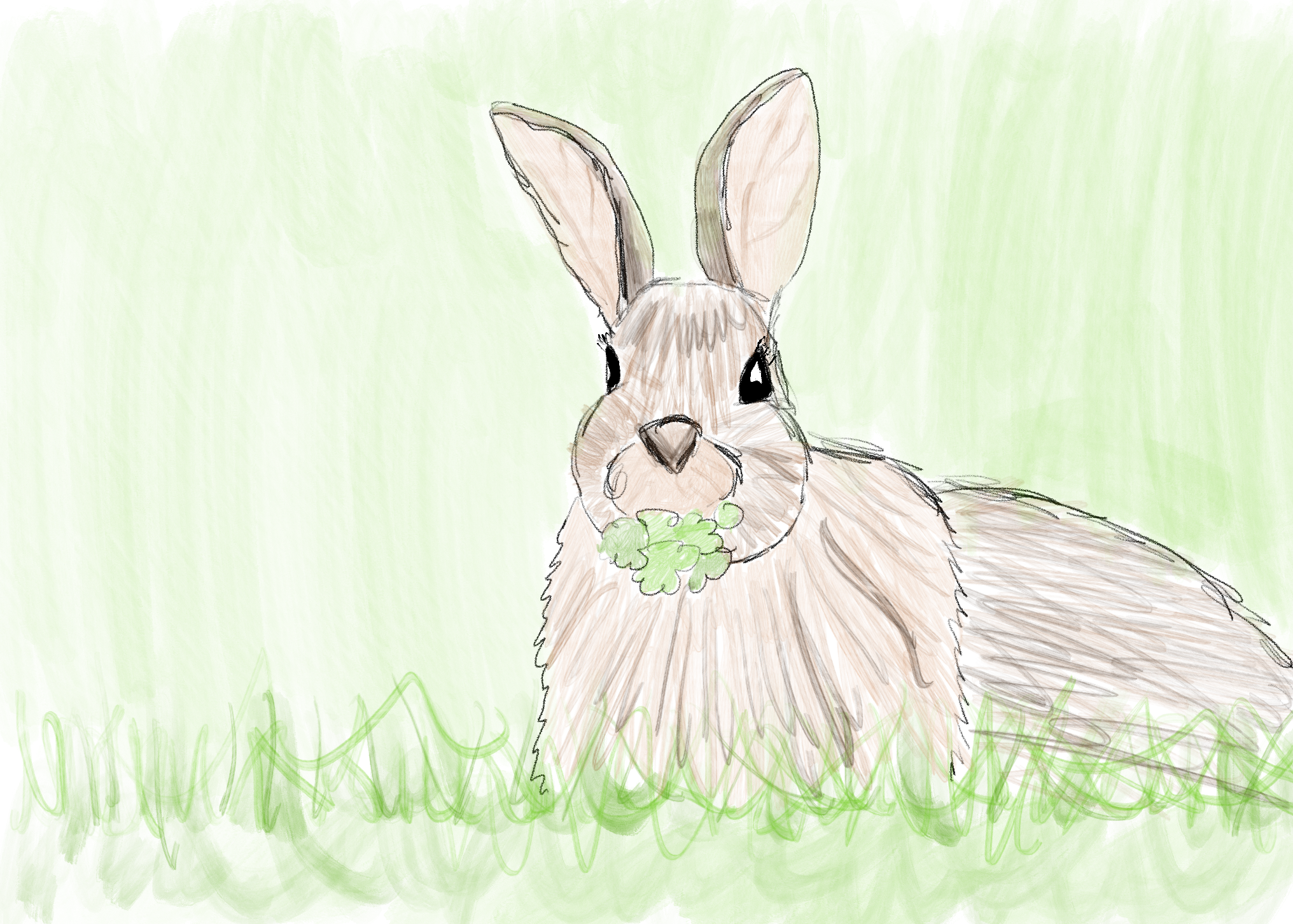98: Cottontail Rabbits
nature's snack
I write to you from Arapahoe, Ute, and Cheyenne land. I am interested in learning about the different animals that live in the place where I was born. Before we start with today’s animal, I want to emphasize that biological classification as understood by western society has its roots in racism, sexism, and transphobia – here’s a good explainer about why.
Cottontails are a genus of rabbit – most of whom have the characteristic white undertail that flashes as they run away – native to the Americas. Rabbits, like pikas and hares, are not rodents at all, but members of the Lagomorph order, which dates back 60 million years to the mid-Paleocene, just five million years (a geologic second) after the asteroid ended the Mesozoic. Colorado has three species of Cottontails – the Desert Cottontail, the Eastern Cottontail, and Nuttall’s Cottontail. The reason for our having these three species is because of the spine of the Rockies forming a natural barrier – the Eastern Cottontails live from the Atlantic east to about 6000 feet in elevation, so do not cross over the mountains here in Colorado; meanwhile, Nuttall’s Cottontail is a western North American species.
Cottontails – like all rabbits – have the unfortunate fate of being predated by almost every living carnivorous and omnivorous creature in their habitat. This includes squirrels, who are omnivores and who will hunt and kill rabbits who are smaller than they are. The rabbits will often stash their young down burrows made by other animals – often prairie dogs in Colorado – and leave them there long enough that predators, especially flying ones, learn where they are and can come back for a leisurely snack later. Cottontails’ response – also like all rabbits – has been to a. have a ton of babies and b. have giant ears so they can hopefully hear a predator coming. As a result of the latter, they often avoid going out on windy days because the sound of wind interferes with their hearing abilities.
I am working on learning how to do fur in these drawings… definitely a work in progress:
